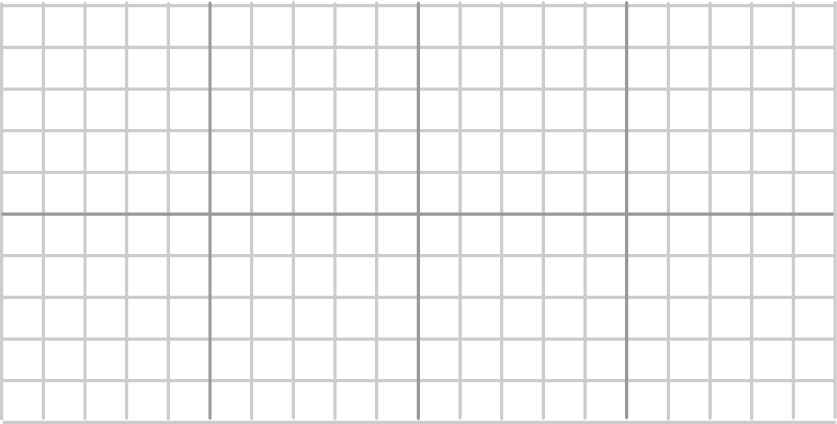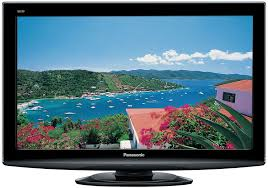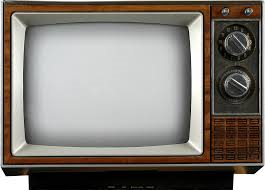Starting in the bottom-left corner of a grid that is \(20\) units wide and \(10\) units high, use a ruler to draw a flat screen TV screen that is \(16\) units wide and \(9\) units high.

Older TVs had a screen ratio of \(4:3\). If an older TV was \(9\) units high, how many units wide would it be?
Draw the TV screen from part (b) on the same grid used in part (a), also starting in the bottom-left corner.
How many more square units of area does the flat screen TV screen have compared to the older TV screen, if they both have a height of \(9\) units?
A 4K flat screen TV has \(3840\times 2160\) pixels. If the screen is \(122\) cm wide by \(69\) cm high, how many pixels per cm\(^2\) are there? Round to the nearest whole number.


